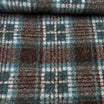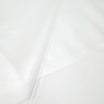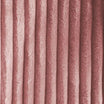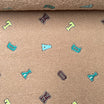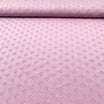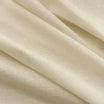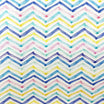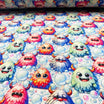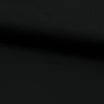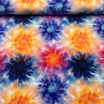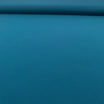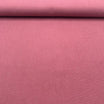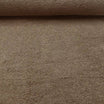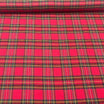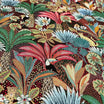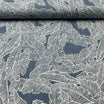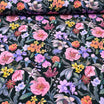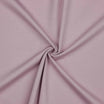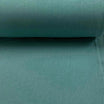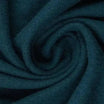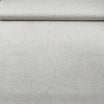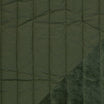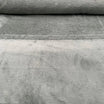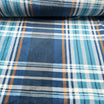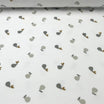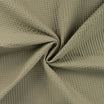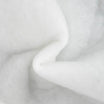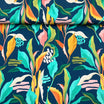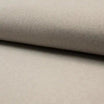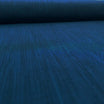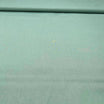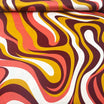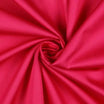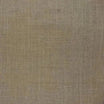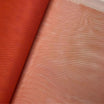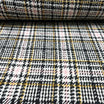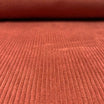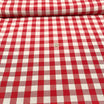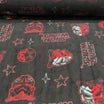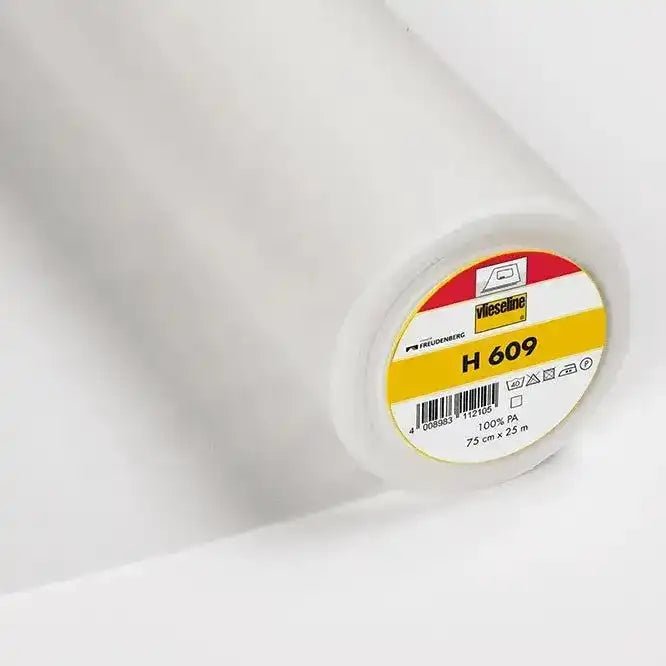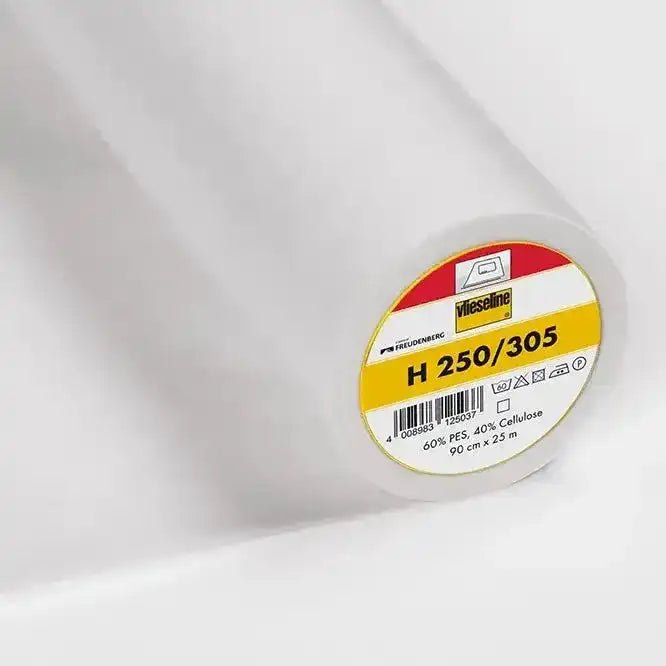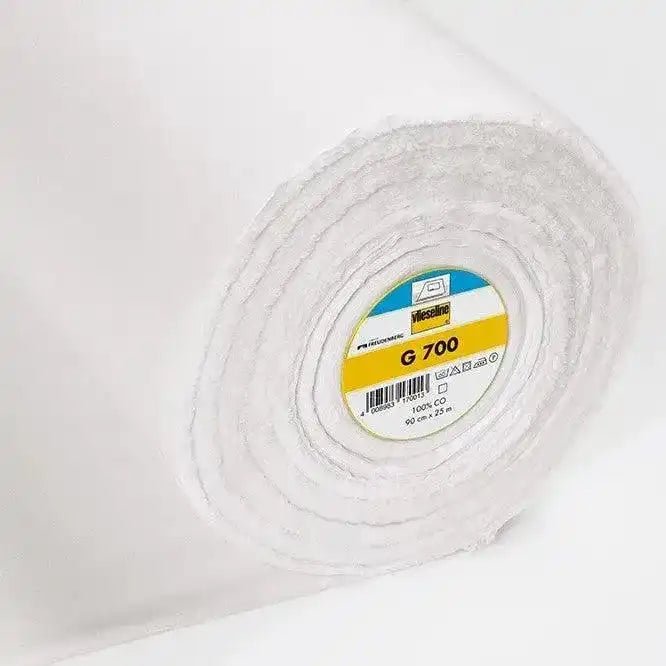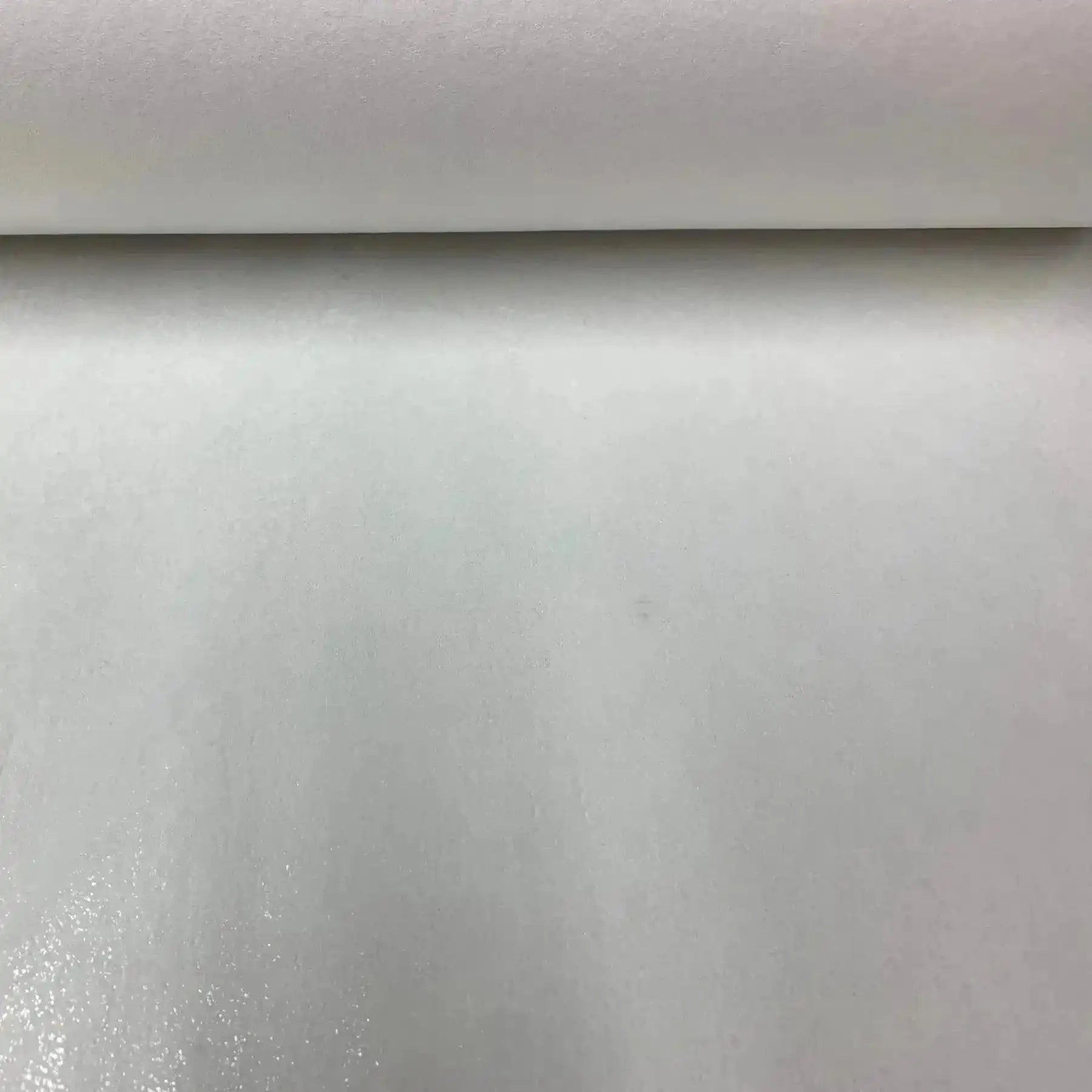Fusible & Interfacing
Filters
5 products
Vlieseline H180
Vlieseline H609
Vlieseline H250/305
Vlieseline G700
Iron-on h200
Which iron-on interfacing should I choose?
Choosing the right interfacing is essential to ensure proper support and a flawless finish for your sewing projects. Iron-on interfacing is already attached to the fabric with an adhesive side that reacts to heat.
Depending on the desired effect, you can opt for:
- A lightweight interfacing for a soft finish,
- A black iron-on for dark fabrics,
- A couture iron-on for structured clothing,
- A thin iron-on adhesive for light and delicate finishes,
- A heavy iron-on adhesive to provide more rigidity to create a strong and durable product over time.
Among the different options, we find:
- The woven iron-on adhesive that gives a natural effect to the fabric
- The non-woven iron-on adhesive is more rigid and resistant.
The Vlieseline brand is a leading reference in the world of interfacing and is suitable with quality products adapted to all creations. The white iron-on interfacing is perfect for providing optimal support to your creations, whether it is hats , clutches, pockets or even belts requiring a discreet and effective appearance.
How to use interfacing?
Applying iron-on adhesive requires a few precise steps. Use a hot iron without steam to ensure proper adhesion. Carefully place the interfacing over the desired area. Always test on a piece of scrap fabric before permanently attaching.
Steam application is sometimes recommended depending on the type of interfacing. Make sure to fix it well without using too much moisture. Washing care depends on the iron-on material chosen. Some models can withstand high temperatures. Others require a delicate cycle or a preliminary test on a small area.
Iron-on interfacing is essential for strengthening a fabric, maintaining its shape and preventing expansion . Its correct application guarantees a perfect fit and greater durability for your creations.
- Prepare the iron-on and fabric : Select the right type of woven or non-woven interfacing depending on the thickness and composition of the fabric. For lightweight fabrics like silk , use a thin fusible interfacing . For thick fabrics, choose a heavy fusible interfacing .
- Cutting and positioning : Cut the interfacing along the grain and to the required width . Place the iron-on adhesive with the sticky side facing the back of the fabric to prevent it from shifting.
- Fix with a hot iron : Apply steam or not as recommended. Fix on a fabric by applying pressure without slipping to ensure good adhesion .
- Check and finalize : Let it cool, then report the result by testing the strength of the adhesion. If necessary, fix it properly a second time.
- Tips : Always test on a scrap , avoid sliding the iron and let it cool before handling. Washing care must be adapted to the heat-sealed fabric .
By following these steps, using iron-on adhesive guarantees a successful sewing project , with a stable structure , impeccable rendering and increased longevity .
Where to buy iron-on adhesive?
You can purchase your interfacings directly online or in-store. Before purchasing , check that the product is available and consult customer reviews. The price varies depending on the thickness and width of the roll. Remember to check stock levels to avoid shortages and place your order by selecting the product that corresponds to your project. Each reference is adapted to a specific use. Choose from our selection of quality interfacings.
What types of interfacing are there?
Woven interfacing follows the fabric's movement. It offers good flexibility. Non-woven interfacing is stiffer. It further stabilizes the material. There are lightweight, medium, and heavyweight interfacings . Lightweight interfacing is suitable for blouses and fine fabrics. Medium-weight interfacing is perfect for jackets and dresses. Heavyweight interfacing is used for coats and accessories. Each interfacing has its own range and composition depending on the type of sewing.
How to reinforce a fabric?
A well-chosen interfacing helps strengthen and stabilize fabrics by giving them more structure. It is essential to choose a product that stiffens without distorting the material. For certain garments, particularly shirts and jackets, it is important to maintain the shape of the collar and cuffs. A quality interfacing ensures a good fit , adds stability and serves as reinforcement in areas requiring more support, such as yokes. A good iron-on also prevents fiber expansion and prevents the fabric from sagging after several washes thanks to its ultra-resistant synthetic acetate-based glue.
What sewing projects to use?
Iron-on interfacing can be used for a sewing project . It is particularly recommended for creating garments such as shirts, dresses, coats and jackets that require a better fit. It is also used for making accessories such as bags, hats and other textile decorative elements. Depending on the fabric and the desired effect, it is important to adapt the choice of iron-on to ensure a harmonious result.
What is the difference between woven and non-woven?
Woven interfacing is designed to follow the structure of the fabric and blend naturally into the material. It is more flexible and lightweight, perfect for garments requiring discreet reinforcement. Non-woven interfacing, on the other hand, is more rigid and can provide support to pieces that need it. Each iron-on has specific characteristics in terms of thickness, weight and structure , and it is essential to choose the right interfacing according to the fabric to be reinforced to ensure optimal durability .
Whether you use a light, medium or heavyweight iron-on , a versatile woven iron-on interfacing or a non-woven interfacing , you will find the ideal product for your creations in our collection. Don't hesitate to choose your interfacing according to your needs and take advantage of the best references like the Vlieseline brand which offers solutions adapted to all types of sewing.
Newsletter
We keep you informed of our new products, our inspirations of the moment as well as our promotions!
FAQ
Do you have a question? We answer it!
Do you do repairs and maintenance on all brands of machines?
Yes, our workshop handles repairs and maintenance for all brands of sewing machines and overlockers. Learn more or drop off your machine directly at the store.
Can I get training on my new machine?
Yes, for any purchase of a sewing machine, overlocker, coverstitch or embroidery machine, we offer free training of more than one hour in store. If necessary, we can also support you via WhatsApp for personalized online training.
Can I try the machines before buying them?
Absolutely! Come to our store to test all our machines (sewing machines, overlockers, coverstitch machines, and embroidery machines). A demonstration will be offered to help you choose the machine that perfectly meets your needs.
What fabrics do you recommend for beginners in sewing?
For beginners, fabrics like cotton or poplin are easy to work with.
Free delivery 🚚
- Fabrics from 75 € of purchase
- Machines from 500 € purchase
European Fabrics 🌍
Payment in 3 installments without fees with Alma 💰
Customer satisfaction 5/5 🌟
Find out why our customers give us 5 stars on Google.

